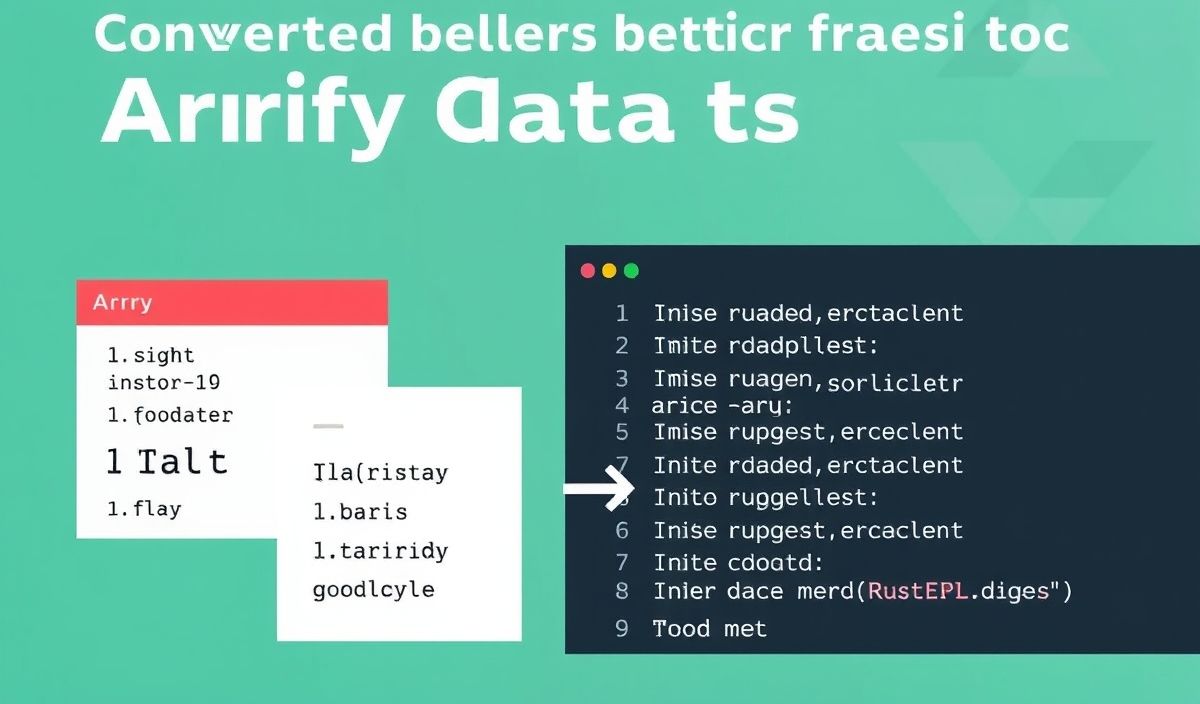An Introduction to Almond
Almond is an innovative platform designed to enhance development efficiency through a wide range of APIs. In this article, we delve into the comprehensive set of APIs offered by Almond, providing useful examples and an app demonstration to highlight their practical applications.
Almond API Examples
1. User Authentication API
This API is used for authenticating users with Almond.
POST /api/v1/auth/login
{
"username": "exampleUser",
"password": "examplePass"
}
2. User Registration API
Register new users with Almond.
POST /api/v1/auth/register
{
"username": "newUser",
"email": "user@example.com",
"password": "newPass"
}
3. Get User Profile API
Retrieve information about an existing user.
GET /api/v1/user/profile
Headers:
{
"Authorization": "Bearer your_token"
}
4. Update User Profile API
Update profile details for an authenticated user.
PUT /api/v1/user/profile
Headers:
{
"Authorization": "Bearer your_token"
}
Body:
{
"username": "updatedUser",
"email": "updated@example.com"
}
5. Delete User Account API
This API is used to delete a user’s account.
DELETE /api/v1/user/delete
Headers:
{
"Authorization": "Bearer your_token"
}
Almond App Example
Here’s an example of a simple Almond app utilizing the above APIs.
App Flow
- User registers through the registration API.
- User logs in using the authentication API.
- User fetches their profile using the get profile API.
- User updates their profile as needed using the update profile API.
- User deletes their account via the delete account API.
Sample Code
async function registerUser() {
const response = await fetch('/api/v1/auth/register', {
method: 'POST',
headers: { 'Content-Type': 'application/json' },
body: JSON.stringify({ username: 'newUser', email: 'user@example.com', password: 'newPass' })
});
return response.json();
}
async function loginUser() {
const response = await fetch('/api/v1/auth/login', {
method: 'POST',
headers: { 'Content-Type': 'application/json' },
body: JSON.stringify({ username: 'exampleUser', password: 'examplePass' })
});
const data = await response.json();
localStorage.setItem('token', data.token);
}
async function getUserProfile() {
const token = localStorage.getItem('token');
const response = await fetch('/api/v1/user/profile', {
method: 'GET',
headers: { 'Authorization': 'Bearer ' + token }
});
return response.json();
}
async function updateUserProfile() {
const token = localStorage.getItem('token');
const response = await fetch('/api/v1/user/profile', {
method: 'PUT',
headers: { 'Content-Type': 'application/json', 'Authorization': 'Bearer ' + token },
body: JSON.stringify({ username: 'updatedUser', email: 'updated@example.com' })
});
return response.json();
}
async function deleteUserAccount() {
const token = localStorage.getItem('token');
const response = await fetch('/api/v1/user/delete', {
method: 'DELETE',
headers: { 'Authorization': 'Bearer ' + token }
});
return response.json();
}
This example demonstrates the effective use of Almond’s APIs, contributing to a seamless user experience within applications.
Hash: 90e62b92a956add6e1c3871b7f592616665e610f12c6468eaad9533ef50834bc




